Kristian Nemeth
HERBARIUM OF TIME
Project Info
- 💙 Orthodox synagogue in Kosice
- 💚 Erik Vilim
- 🖤 Kristian Nemeth
- 💜 Erik Vilim
- 💛 Tibor Czito
Share on
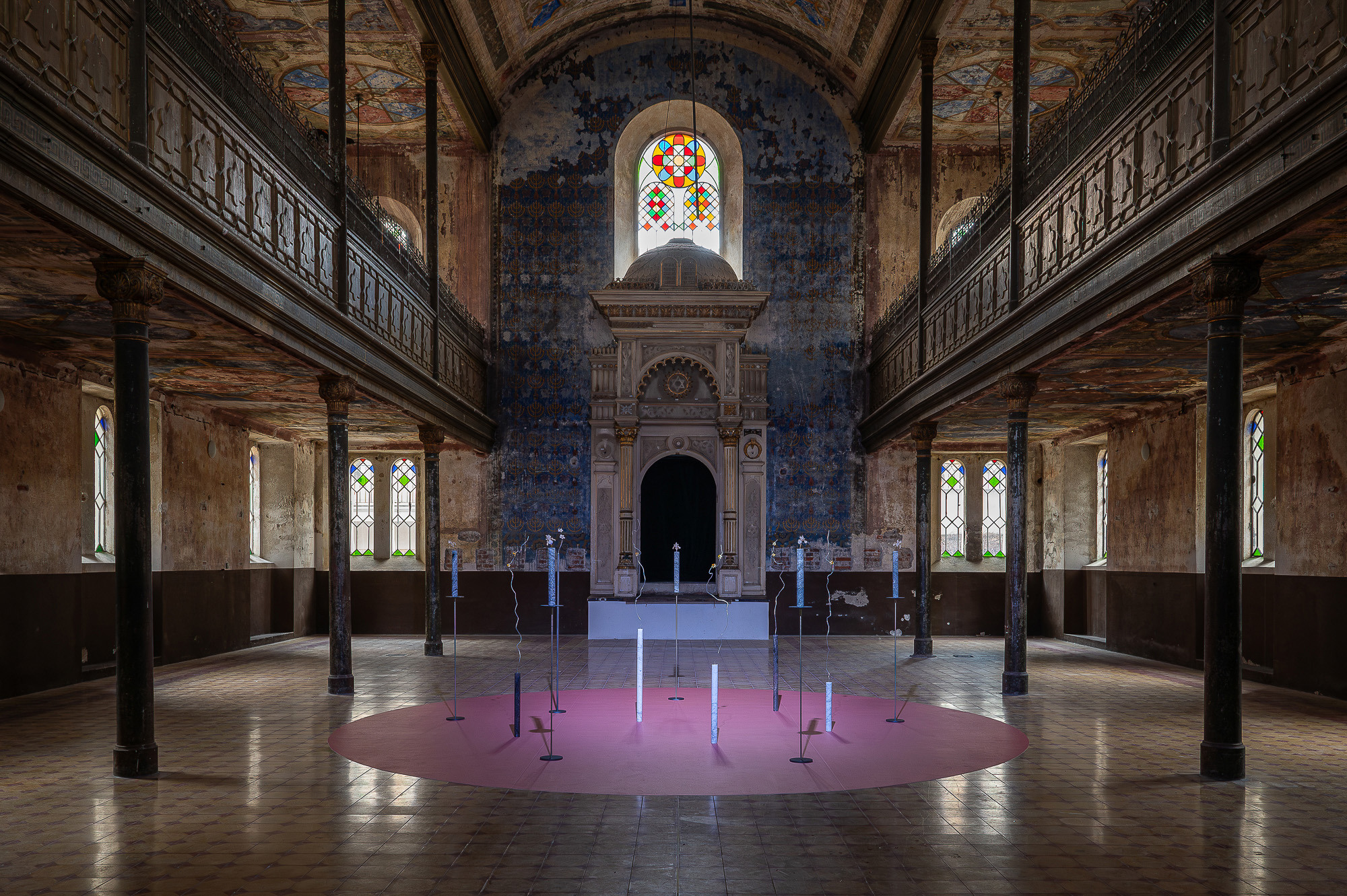
Advertisement















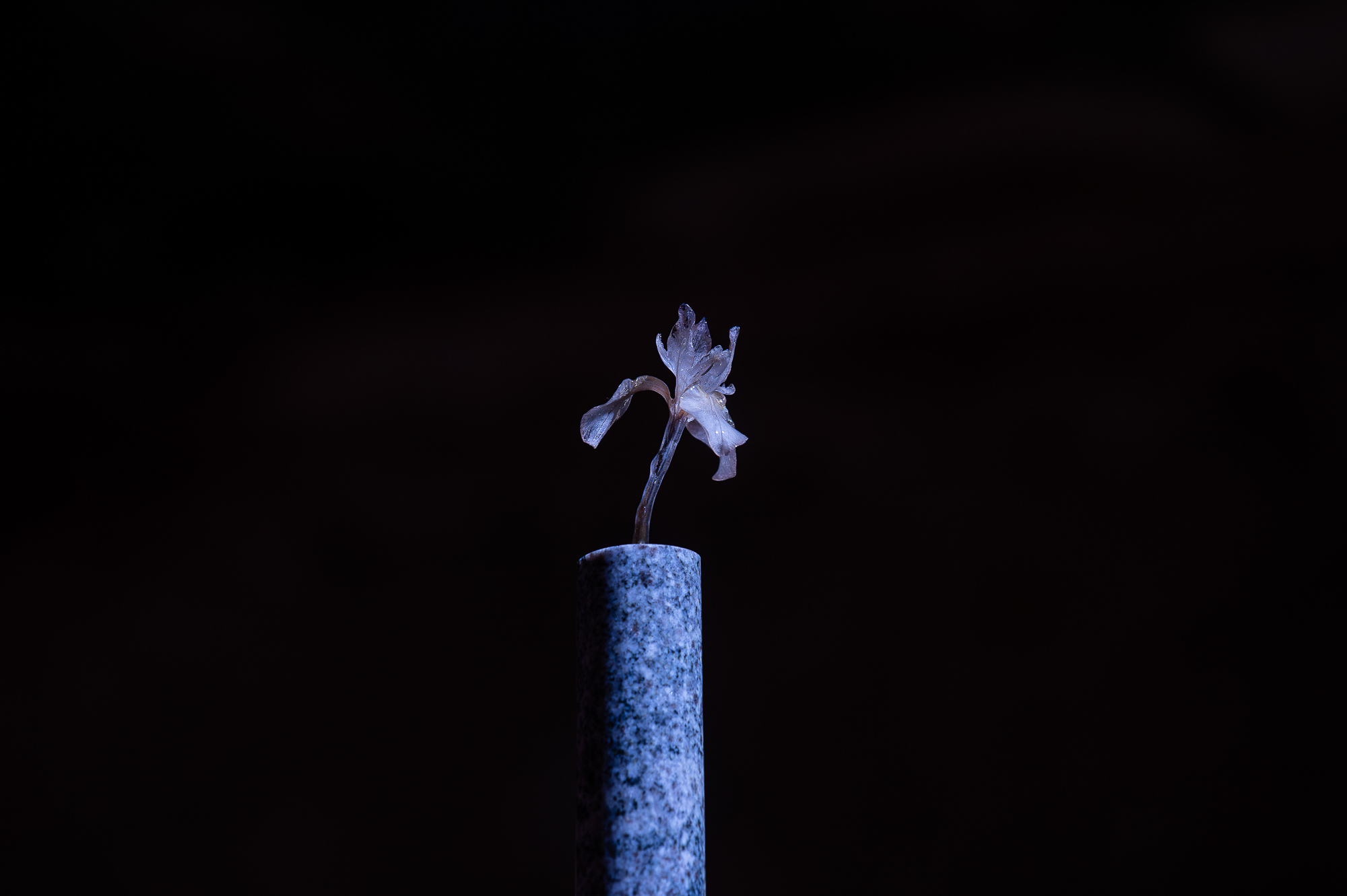
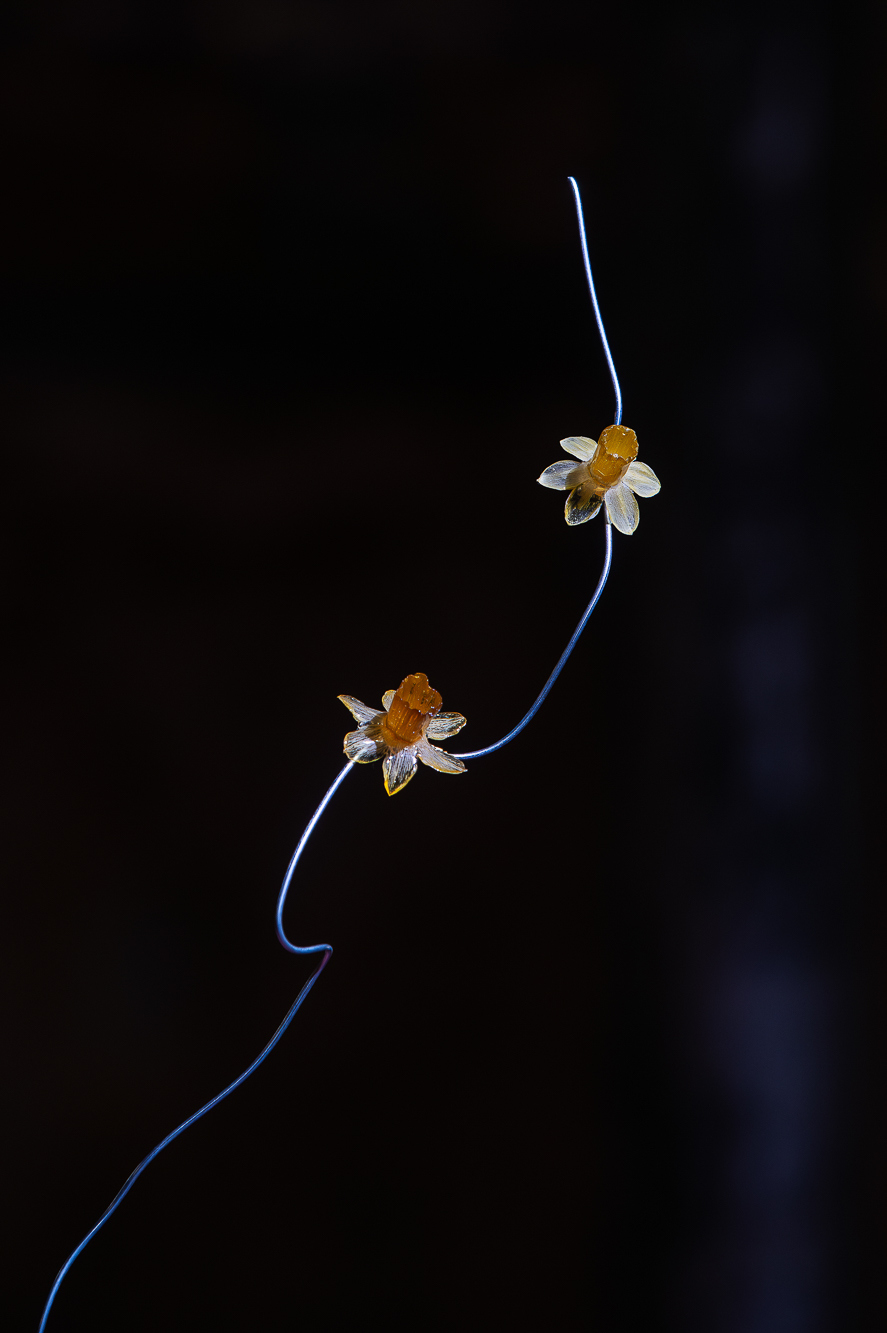

Stachys Byzanthina is a perennial that forms felty carpets, at least that's how we describe it in encyclopedias. But let's quickly go to its aesthetic properties - the attractive silver leaves on this perennial will immediately catch your eye. Together they create evergreen, even wavy magic carpets. At the same time, these leaves absorb blood very well and help faster healing of wounds, they have antibacterial, antiseptic and anti-inflammatory properties. For this reason, they function as a natural bandage. In the past, they were also used to treat middle ear inflamation. But let's look at something hidden in this dry description.
Care is shown in the background. If we think more deeply, we see that it is not clear who is taking care of whom here - is it the leaves of the perennial that absorb the blood, the remnant of pain, or we who water them? And what about flowers that delight only with their appearance and the reflection of colors on our eyes?
Kristian Nemeth's minimalistic and consistently moderate intervention in the Orthodox Synagogue in Kosice opens up precisely this hidden care and birth in a very small circle. The central motif of the exhibition is plants, specifically flowers - but already suspended in time. Nemeth returns us to the period before withering - he puts himself in the position of a converter of their temporary beauty, more precisely, he takes care of its preservation. He asks himself a very old question, but in a new way - can hope be reflected in nature? Or perhaps more precisely, do flowers teach us to cope with death? What do we get in return for our care?
Erik Vilim


